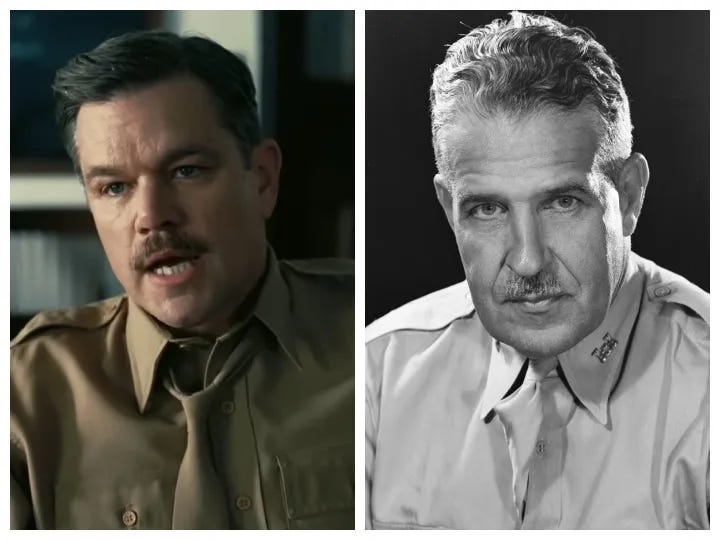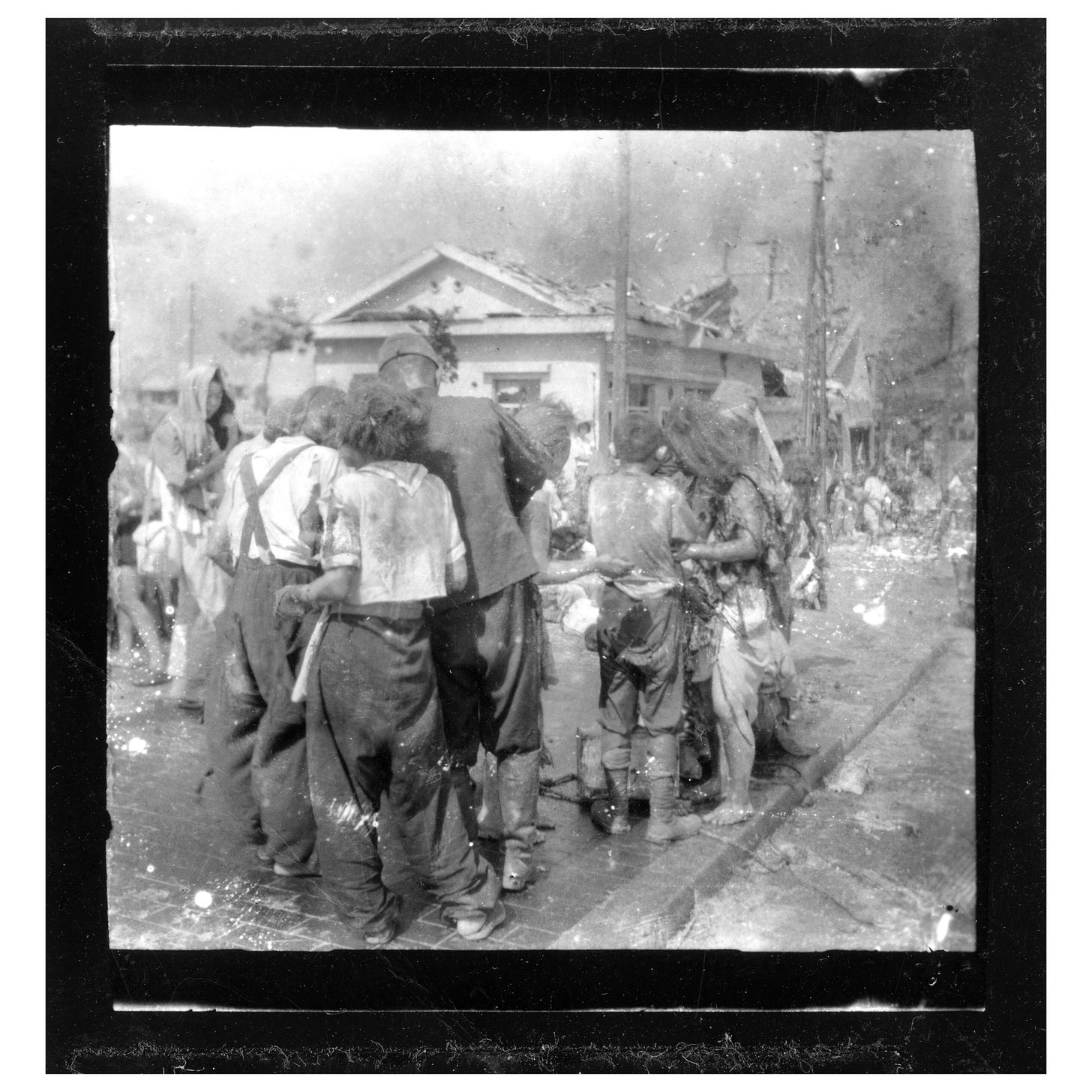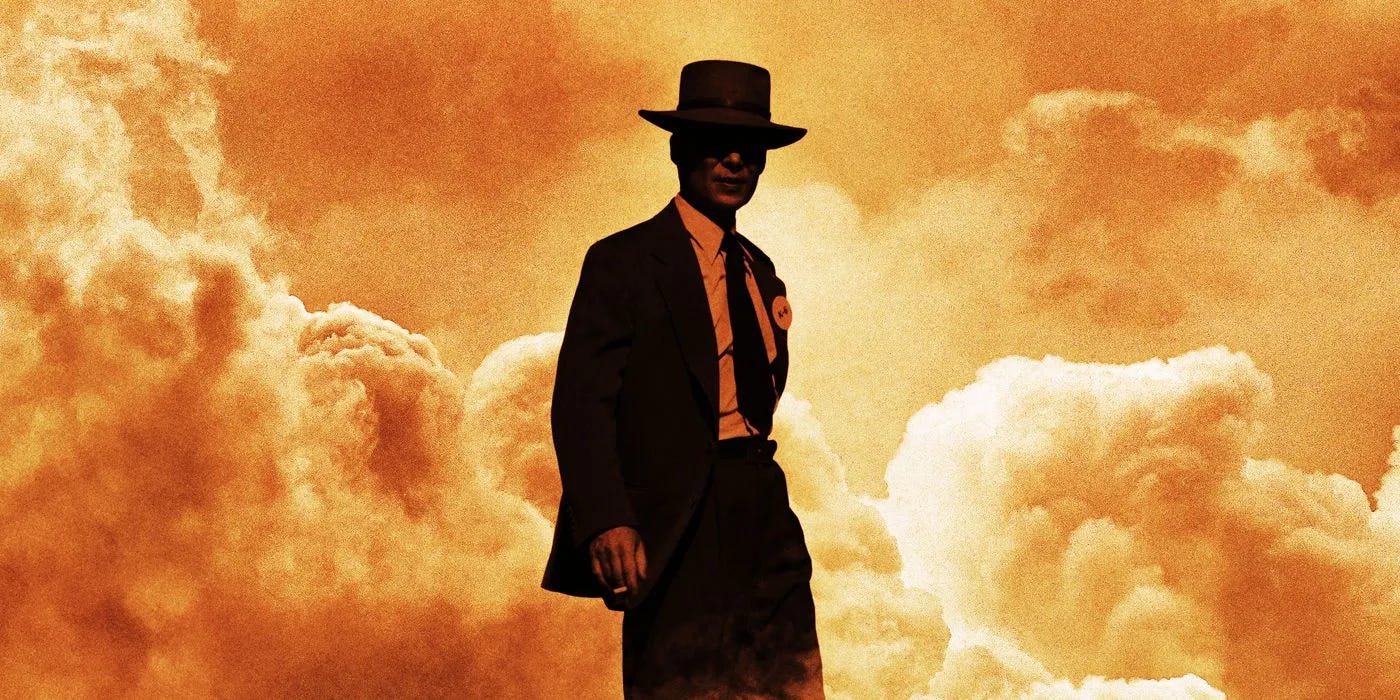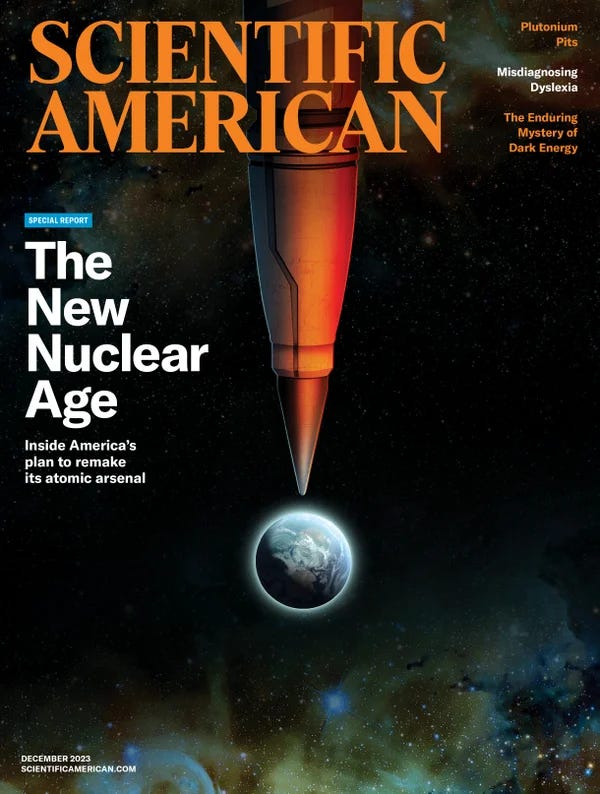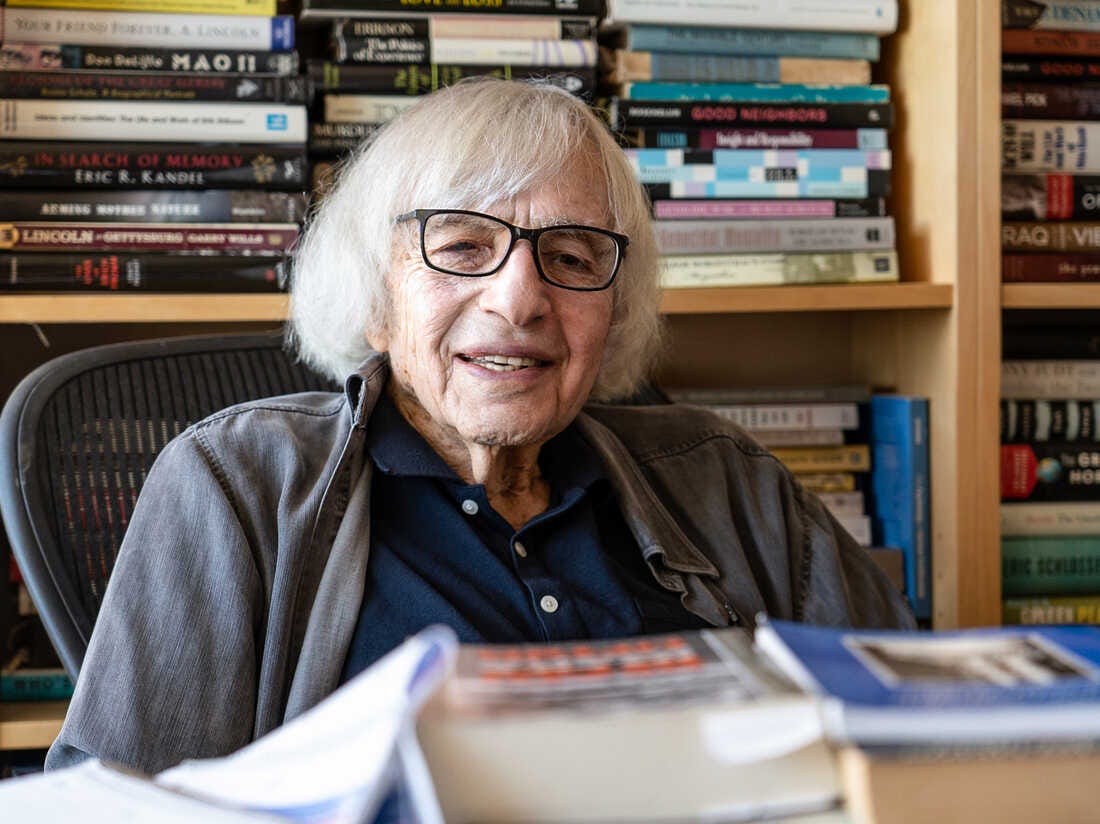Reprinted with permission from Greg Mitchell’s newsletter Between Rock and a Hard Place.
Greg Mitchell is the author of a dozen books and director of three films for PBS since 2021. He first wrote about the evils of Kissinger for Crawdaddy more than a half century ago.

Came back from dinner tonight to learn that ogre who has haunted my life for six decades, Henry Kissinger, has finally died. At least Jimmy Carter outlived him, though perhaps a million others he killed around the globe did not. But Christopher Hitchens, wherever he is, no doubt smiling and ordering a round of drinks for everyone. And I can say for the last and perhaps most apt time: Who’s Kissinger now?
No time to write my own anti-obituary, but I have collected some telling early reactions from media and social media. That’s a Steve Brodner classic illustration above. See my recent piece here on Victor Jara, the “Bob Dylan of Chile,” who died in Kissinger-directed coup in Chile.
Continue reading “Best Early Reactions to Death of Henry Kissinger, War Criminal”




